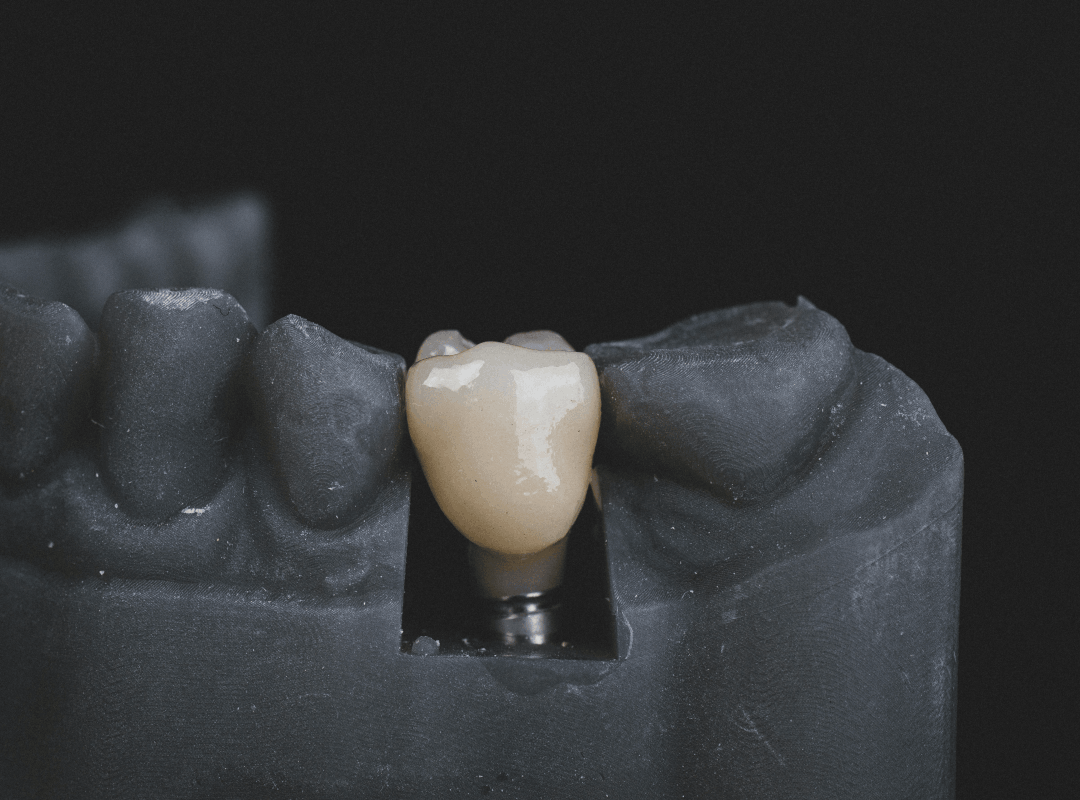dadasd
14
2025.07
Is Zirconia the Best Material for Dental Restorations? Expert Opinions and Insights

In modern restorative dentistry, the selection of materials is paramount to the long-term success and patient satisfaction of dental treatments. From fillings to crowns and bridges, the chosen material impacts durability, aesthetics, biocompatibility, and overall function. Zirconia, a relatively new material, has received substantial attention due to its remarkable strength, durability, and aesthetic properties, making it a popular choice for a variety of dental restorations. This article explores whether zirconia is indeed the best material for dental restorations by comparing it with other options, examining expert opinions, and analyzing its clinical performance and patient satisfaction in various scenarios.
Comparison with Other Materials: A Detailed Overview
To determine whether zirconia stands out as the premier choice, it's essential to compare it with other commonly used dental materials.
Zirconia vs. Lithium Disilicate (E.max): Zirconia is widely recognized for its superior strength and durability, making it a reliable choice for posterior restorations where chewing forces are significant. With advancements in high-translucency zirconia, it is also increasingly used in anterior cases, combining strength with acceptable esthetics. Lithium disilicate, on the other hand, offers exceptional translucency and a highly natural look, which makes it especially popular for anterior restorations when esthetics are the primary concern. Ultimately, the choice depends on balancing the patient’s functional demands and aesthetic expectations.
Zirconia vs. PFM: While PFM crowns have been a reliable option for many years, zirconia offers several advantages. Zirconia crowns are stronger, have better aesthetics (no dark line at the gumline often seen with PFM), and can be fabricated using a fully digital workflow. Although PFM crowns may be more affordable initially, zirconia's long-term durability can make it more cost-effective.
Zirconia vs. Resin and Metal Restorations: Composite resin is a versatile and cost-effective option for fillings and minor reshaping, but it does not match zirconia in strength or long-term durability. Gold and other metal alloys offer exceptional strength but lack the natural aesthetics provided by zirconia.
Expert Opinions: Balancing Pros and Cons
Dentists and lab technicians hold varied perspectives on zirconia, recognizing both its strengths and weaknesses.
Advantages Highlighted by Experts
Exceptional Strength and Durability: Zirconia's high flexural strength and fracture resistance make it suitable for areas with high occlusal forces. "Zirconia offers exceptional strength and durability, making it ideal for posterior restorations," notes one dental expert.
Biocompatibility: Zirconia is biocompatible, reducing the risk of allergic reactions and making it safe for patients with metal sensitivities.
Aesthetic Potential: Modern zirconia materials have improved translucency and can be customized to match the natural tooth color, producing lifelike and harmonious results.
Minimal Tooth Reduction: Zirconia restorations typically require less tooth reduction compared to other materials, preserving more of the natural tooth structure.
Digital Dentistry Compatibility: Zirconia crowns and bridges can be designed and milled using CAD/CAM technology, ensuring a precise fit while minimizing chairside adjustments.
Concerns and Drawbacks Acknowledged by Experts
Potential Wear on Opposing Teeth: Due to its high strength, zirconia can lead to wear on opposing teeth if restorations are not properly polished and adjusted.
Shade Matching Challenges: Achieving the perfect shade match can be challenging, although newer high-translucent zirconia options have improved this aspect.
Restoration Removal: Removing zirconia restorations can be difficult, requiring specialized instruments and techniques.
Debonding: Some dentists have reported issues with debonding of zirconia crowns compared to metal-ceramic crowns. Proper bonding protocols are essential to ensure long-term success.
Clinical Performance: Longevity, Strength, Esthetics, and Wear Resistance
The clinical performance of zirconia restorations is a critical factor in determining their suitability.
Longevity: Zirconia crowns typically last 10–15 years, and with proper care, clinical studies suggest they can last even longer, providing long-term value for patients.
Strength: Zirconia's high flexural strength and fracture resistance make it ideal for withstanding the forces of biting and chewing.
Esthetics: While early zirconia materials were criticized for their opacity, modern high-translucent zirconia options offer lifelike aesthetics. These materials can be customized to match the natural tooth color and translucency, providing a seamless appearance.
Wear Resistance: Zirconia exhibits high wear resistance, making it a durable option for long-term dental health. Studies have shown that zirconia produces the least wear on enamel antagonists compared to other ceramic materials, further supporting its reliability in daily function.
Patient Satisfaction & Case Studies: Real-World Feedback
Patient satisfaction is a crucial measure of the success of any dental restoration. Real-world feedback on zirconia restorations has been largely positive.
Positive Outcomes
High Satisfaction Rates: Studies have reported high levels of patient satisfaction with zirconia crowns, particularly regarding aesthetics, comfort, and function.
Improved Oral Health: Zirconia restorations have been associated with a low incidence of caries and rare adverse soft tissue reactions.
Successful Smile Transformations: Case studies have highlighted the successful use of zirconia crowns in transforming patients' smiles and improving their overall confidence.
Potential Issues
Debonding: Some patients have experienced debonding of zirconia crowns, highlighting the importance of proper bonding techniques.
Wear on Opposing Teeth: Patients with bruxism may experience wear on opposing teeth due to the high strength of zirconia. Night guards can help mitigate this issue.
Conclusion
Zirconia is a strong contender for dental restorations, offering strength, durability, and improved aesthetics. It excels in posterior restorations, metal-free solutions, and implant restorations. However, lithium disilicate may be preferred for anterior cases demanding superior aesthetics, and composite resin might suit budget-conscious patients.
The ideal material hinges on individual needs, aesthetic goals, and clinical evaluation. As dental technology evolves, staying informed is crucial for dentists to provide optimal patient care. Zirconia's properties make it a leading material, delivering lasting and satisfying results for many.







